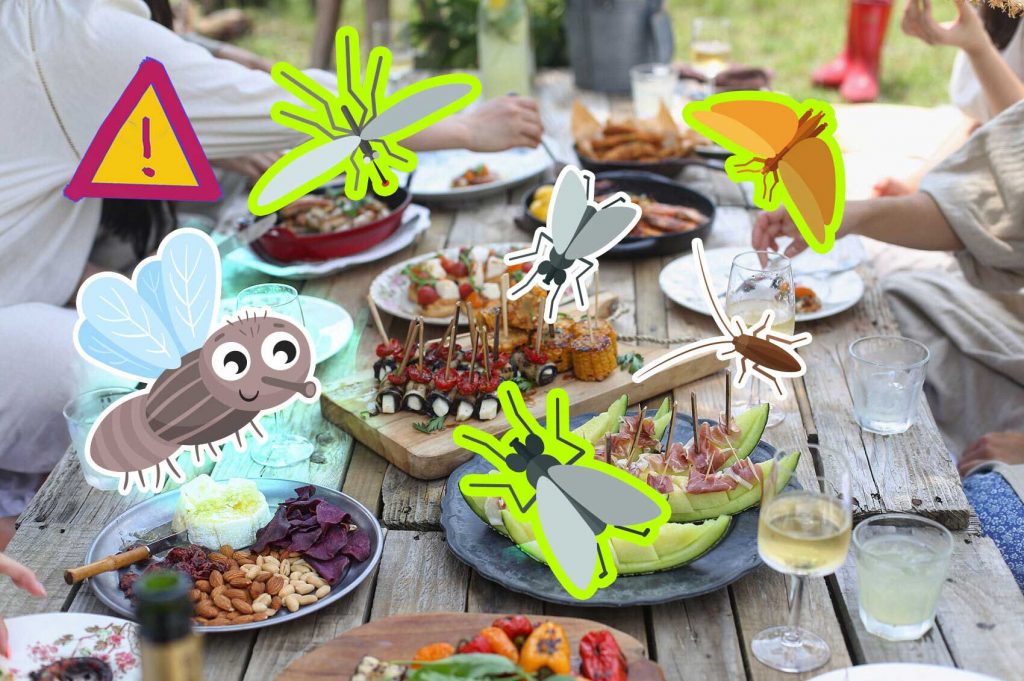Grasshoppers are insects with a strong appetite. A grasshopper consumes about half of its body weight every day.
Do Grasshoppers Eat Flowers?
Yes, grasshoppers eat flowers and love the sweet nectars they find inside the flowers. They are herbivores, so they eat mostly all the parts of a plant, including the flower part. Grasshoppers are not picky eaters, they pretty much eat all plants.
In spite of their love for clover, oats, wheat cotton, grass and grass weeds, they will not turn down flowers or seeds. Rarely, they appear in flower gardens and it can be disastrous.
What kind of flowers do grasshoppers eat?
Grasshoppers are not too selective when it comes to their favorite foods. They’ll chew most of the plants and flowers. The flowers they don’t like are lilac, salvia, sage, juniper, jasmine, forsythia.
Do grasshoppers kill flowers?
Yes, they munch on their leaves and sometimes their petals too, so you could lose your entire garden to grasshoppers. Similar to what gnats do, grasshoppers will leave ragged and chewed holes in the leaves, stems, and petals, destroying the flowers.
Do grasshoppers pollinate flowers?
Yes, according to a study made by the National University of Singapore, grasshoppers are excellent pollinators visiting flowers more frequently than we used to know.
Do grasshoppers eat roses?
They chew along the sides of the leaves of the roses and leave the roses looking ragged, sometimes causing them to collapse.
How to get rid of grasshoppers on flowers?
Whatever method you choose, start early. It’s always best to control grasshoppers sooner than later. Adult grasshoppers are very resistant to controls.
Use insecticides only as your last resort, as they can also kill beneficial insects that are only doing good to your flowers.
We recommend first trying natural solutions.
1. Use garlic and hot pepper spray
When it comes to killing harmful insects without damaging the flowers, using garlic spray is the ideal solution. Grasshoppers hate the smell and taste of garlic and hot peppers.
Mince 5 garlic cloves and 3 large cayenne peppers. Add 7 cups of water and simmer everything for about 15 minutes. Let everything cool down overnight.
Spray your plants the next day.
2. Let other insects do the work
Plant flowers, such as marigolds, dill, calendula, zinnias, and sunflowers to attract beneficial insects like robber flies – also known as assassin flies. They are predators considered blessings to gardeners, as they kill and eat grasshoppers and many other harmful insects.
Spiders and toads also can control the grasshoppers.
3. Use an insecticide that’s not that toxic
One insecticide labeled for grasshoppers that has a limited effect on beneficial insects is the Safer insecticide soap. You can buy it here on Amazon.

